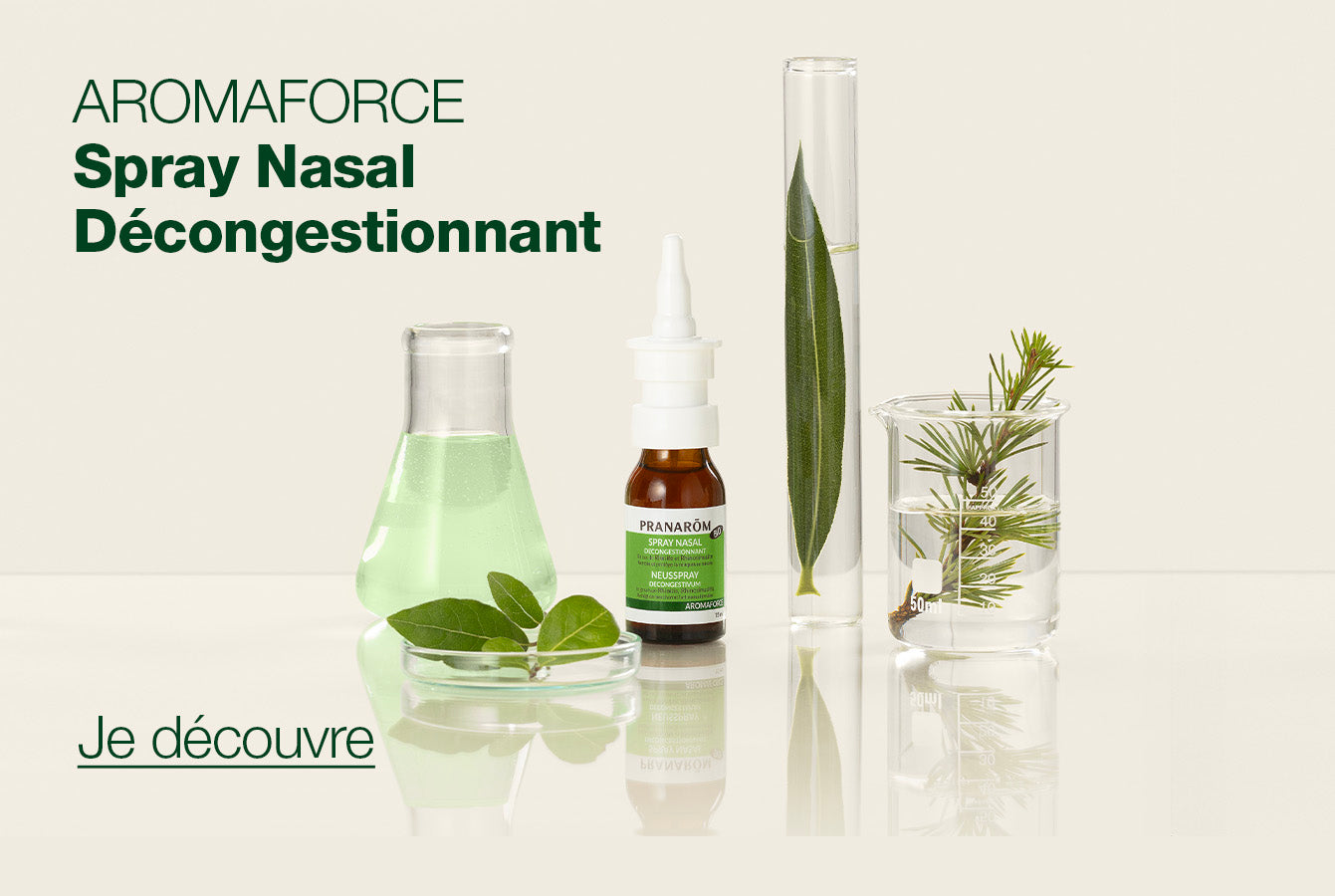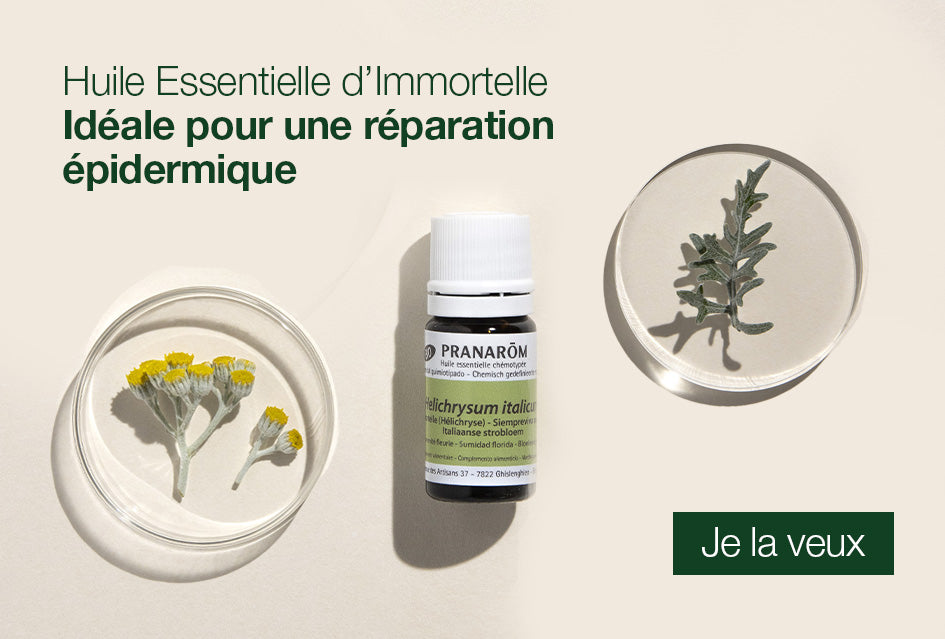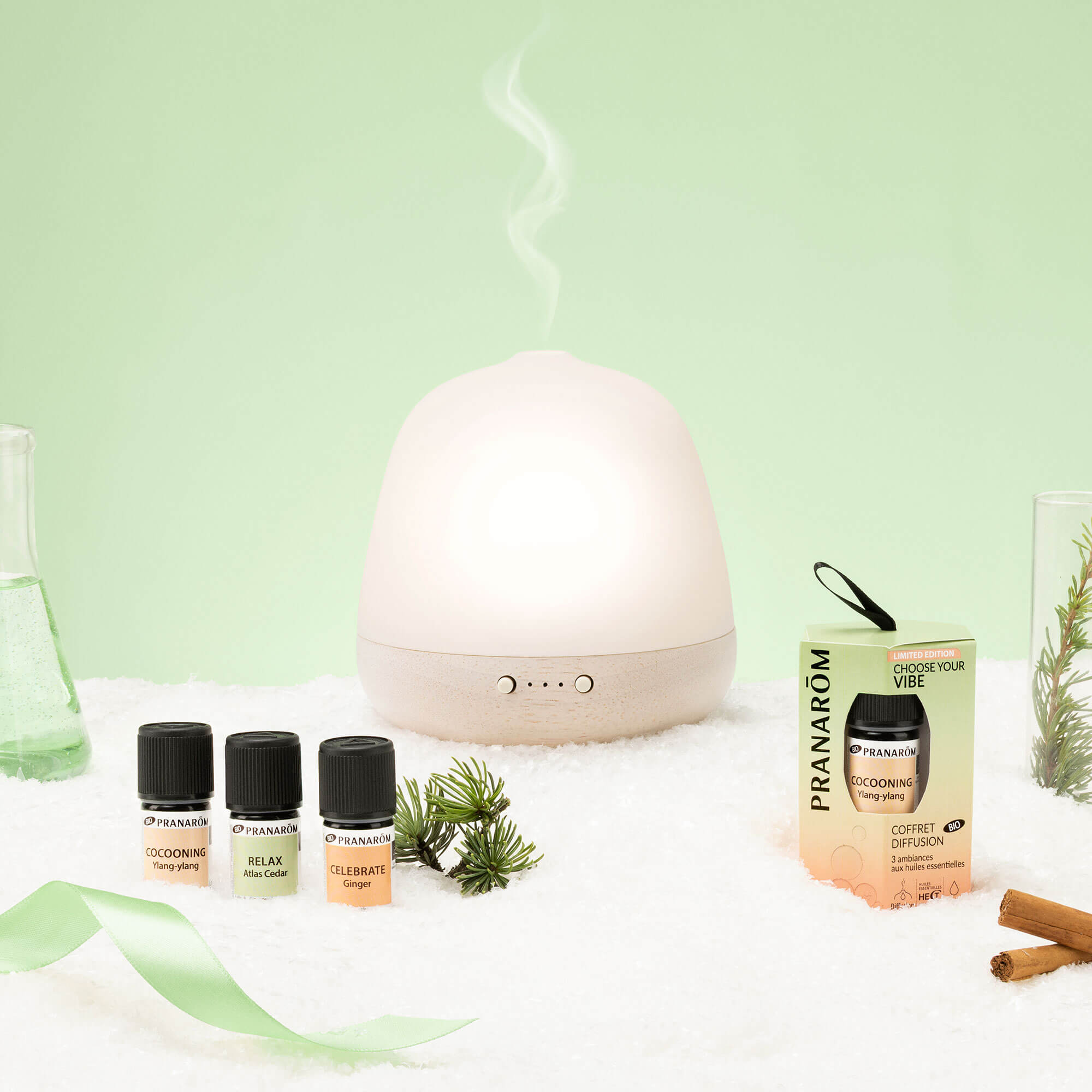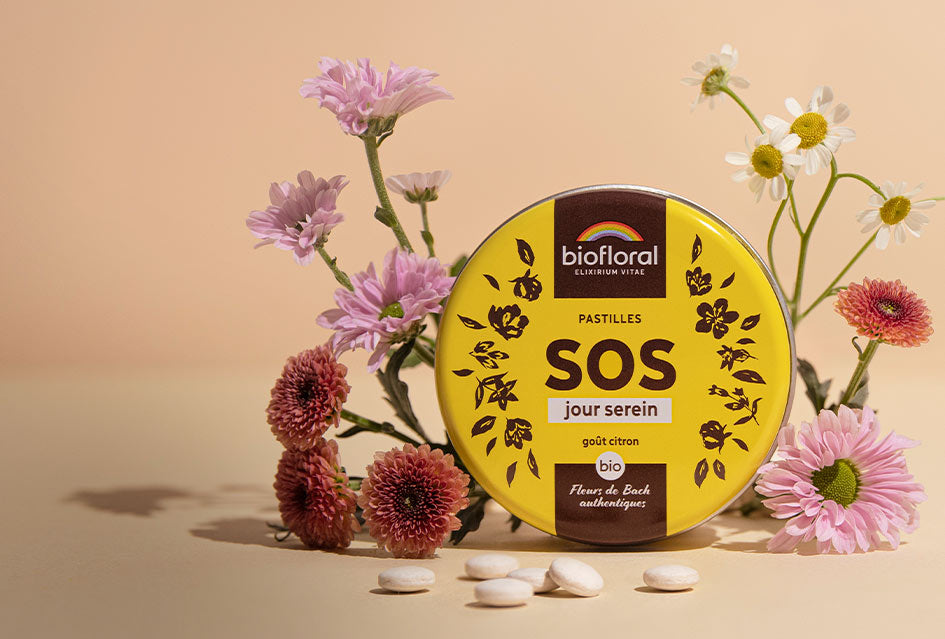The recent multiplication of food scandals has made food safety a major concern for food producers. More than ever, consumers are asking for products that are microbiologically safe and, in the same time, containing less artificial preservatives. The use of small concentrations of essential oils could bring a solution to this dilemma, as some of those “natural additives” already have proven bacteriostatic properties. Essential oils also beneficiate from a very good image, thanks to their numerous properties (antioxidant, antiviral, anti-inflammatory) and the fact they have been used by humans for thousands of years.
Evaluation of the bacteriostatic properties of essential oils and their potential applications for food microbiology














